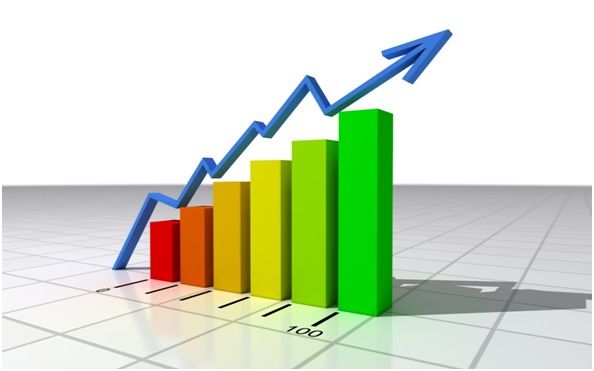Posted By Gbaf News
Posted on August 20, 2014

The Australian Bureau of Statistics revealed just last Monday morning that total lending in Australia has soared to 7.6% in June, pushing lending finance to $72.9 billion, the highest the country has experienced since January 2008. Total lending includes personal loans, home mortgages, commercial lending, and lease financing.
ABS figures also shows commercial lending to be the primary driver of the growth — commercial or business finance has increased 12.1%, which pegs it at $46.495 billion. Housing finance also went up for owner/occupiers, increasing 1.8% at $17.070 billion. Lease finance has increased 0.9%, while interest rates continue to be at an all-time low of 2.5%. Rates were cut by the Reserve Bank of Australia in August last year. Meanwhile, personal loans fell to $8.505 billion, down 1.8% from June to May. Both Personal revolving credit and fixed lending commitments have also decreased to 3.3% and 0.6%, respectively.
 Data reveals that lending has now returned to its normal state after being affected by the global financial crisis (GFC) in 2007-2008. The GFC is believed to have started after US investors lost confidence in sub-prime mortgages, leading to a liquidity crisis and making loans very difficult to give or obtain. As a response, the US Federal Bank injected huge capital into financial markets. This didn’t solve the problem, however, and the crisis worsened. As the value of homes dropped sharply, many homeowners found themselves unable to meet mortgage repayments.
Data reveals that lending has now returned to its normal state after being affected by the global financial crisis (GFC) in 2007-2008. The GFC is believed to have started after US investors lost confidence in sub-prime mortgages, leading to a liquidity crisis and making loans very difficult to give or obtain. As a response, the US Federal Bank injected huge capital into financial markets. This didn’t solve the problem, however, and the crisis worsened. As the value of homes dropped sharply, many homeowners found themselves unable to meet mortgage repayments.
In Australia, government responded to the GFC by allocating two economic stimulus packages to help boost the economy. The first package that totaled $10.4 billion was given in December 2008 to fight inflation; and included support for families, careers, seniors, and the automotive industry. The second package was announced February the next year. A total of $47 billion was allocated to boost the ailing economy. The budget was divided and given to schools, new homes, infrastructure, cash bonuses, home insulation, and small business tax breaks.
Some analysts view the recently released data positively, while some are more reserved in their analysis. CommSec chief economist Craig James says that post-GFC total lending “in original terms” is now on its second highest at $84.1 billion, although this isn’t as high as it was pre-GFC. The highest lending has ever been was in the same month of 2007 at $90.8 billion.
Even though data seems to show that Australians have become more cautious when it comes to personal loans, James says that both housing and personal loans are on the rise compared to last year’s statistics and that the “outlook is improving for equipment and services businesses and discretionary retailers.” The analyst also hopes that the rise in commercial lending actually translates to new investments being made, which in turn means more employment opportunities for Australians:
“Simply, consumers and businesses are embracing cheap financing. And hopefully in the case of business, some of the extra dollars are being put to work in new investment, in turn leading to the hiring of more staff.”
Also according to James and as reported in the Sydney Morning Herald, the increase of lending in Australia indicates that the economy has “healthy momentum…provided by recovering consumer confidence, increased lending and solid home construction.”
Meanwhile, Callam Pickering at the Business Spectator has less cheerful take on the recent statistics. He states that low interest rates are supporting commercial and household lending but have also considerably lost momentum this year. In addition, he warns that the low interest rates may have encouraged investors and owner-occupiers but as experience has shown in the past, periods of strong activity are typically followed by decline in lending activity. The low rates, Pickering says, have also mainly benefited house prices and not productive business investments.
Emphasizing the volatile nature of revolving credit facilities, Pickering takes the rise in commercial lending “with a grain of salt”. He argues that the large spikes in commercial revolving facilities, up 38% in June, are temporary as seen when statistics rose to around 50% in June 2013 but plummeted to almost 30% just the next month. A similar occurrence also happened in January 2009 and October 2011. Despite this, Pickering says that revolving credit facilities are still useful tools if businesses struggle to settle debts and customers become slow in repayments.
Pickering suggests keeping track of loans made to housing investors and fixed credit facilities. Says Pickering, lending to fixed credit facilities will affect non-mining investments for small businesses in particular. Lending to housing investors, on the other hand, will have a great implication on housing prices the next year.


